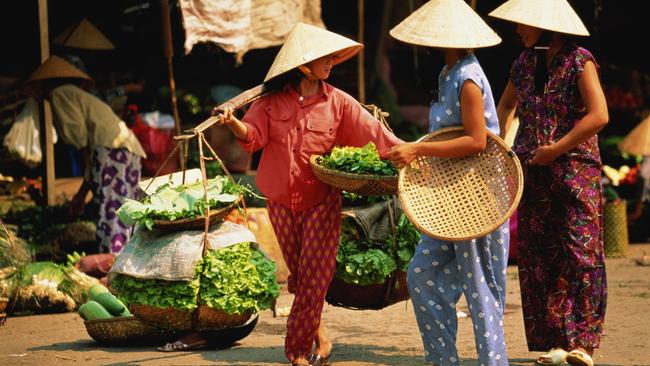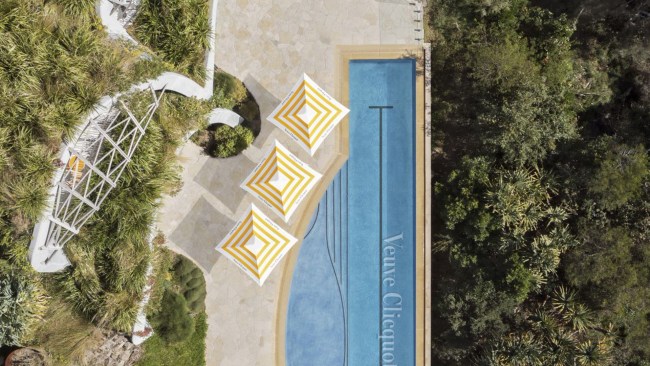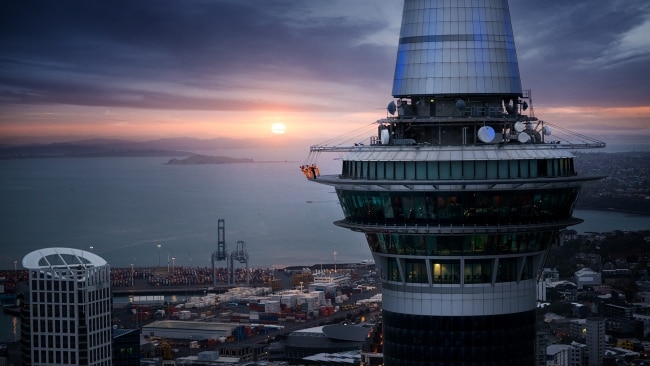Hue, Vietnam: Perfume River delights in former capital
Vietnam’s former capital, Hue, has a majestic past and colourful present.

1. GRAND DESIGNS: For 143 years Hue was Vietnam’s capital, centre of all things political, religious and cultural. When Ho Chi Minh came to power in 1945, the power base moved north to Hanoi, at first tentatively, and later permanently. But Hanoi’s gain was not necessarily Hue’s loss. Compared to nearby Hoi An, which can often be overrun by tourists, Hue’s UNESCO-listed sites are more majestic and considerably less congested, a welcome thing while wandering the expansive grounds of Hue Citadel. Spanning 500ha and encircled by 10km of walls, this was a grand administrative hub in the 17th and 18th centuries. The royal family members who lived here for generations have long gone, and the destruction wrought by French and American bombings in the mid-20th century continues to be under repair. But you can still glimpse the grandeur as you cross the moat and amble through the Imperial City and into the Forbidden Purple Citadel, former residence of successive emperors of the Nguyen dynasty. Only a handful of the 100-plus buildings that once stood here survive but they feature vividly painted motifs and gleaming red and gold corridors where you might spot traditionally dressed musicians on a break between performances; vietnamtourism.com.
2. CRAFTY BUSINESS: Tradition seeps through Hue, from a young woman posing for photographs in a bright ao dai tunic and trousers, to tiny stalls selling crispy riceflour pancakes. But it is especially colourful on the road leading to Tu Duc’s tomb, where multiple stalls feature local specialties of incense sticks and the ubiquitous non la conical bamboo hat. Local craftsmen display their skills at simple tables, using sawdust and cinnamon to roll out an endless supply of aromatic incense sticks. Others sit at low stools and methodically weave ironed palm leaves on to bamboo frames to create the national hat, a version of which can be yours for about $5. You might even be asked to have a go at making your own. The stalls are easily identified by their streetside displays of clustered incense sticks, which look like rows of colourful brooms.
3. TOMB WITH A SECRET: Imperial Vietnam had many leaders. But even with an impressive lineage, Emperor Tu Duc managed some notable achievements. The longest-serving monarch in the Nguyen Dynasty, his reign began at the age of 20 and ended with his death, aged 55, in 1883. He had many wives and no children, but he left an enduring legacy. His tomb, on Hue’s outskirts, is more like a park, set on a picturesque 12ha. Its 50 or so buildings are linked by lush gardens full of jackfruit trees and anchored by a small lake with a summer house where folk singers stage regular performances. Completed in 1867, the complex took three years to build, and Tu Duc then used the site for relaxation and hunting in the years before his death. For all the effort that went into creating his eventual tomb, however, the location of his remains is a mystery; to ward off potential looters, all the servants who buried him were executed. Despite its grisly finale, this site remains one of the prettiest parts of Hue.
4. FLOATING DELIGHT: One of Hue’s greatest assets is its location. Spanning 30km, the evocatively named Perfume (Huong) River is a focal point of the city, and provides one of its most serene vantage points. Motorised dragon boats chug along the wide waterway, past patches of palm trees and simple cottages. Many boats, which double as homes, include makeshift souvenir shops, so you can buy, say, silk pyjamas while taking in the view.
5. PAGODA WITH A PAST: If you time your cruise right, you can end it at the Thien Mu Pagoda, on a picturesque bend of the Perfume River. Locals believe that an old woman once appeared on the hilly site and foretold of a pagoda being built there for the nation’s prosperity. The multi-storeyed temple created in her honour is not the only attraction amid the extensive gardens, which feature a massive bell that rings out at a dawn-defying 3.30am. A stroll through a courtyard of potted bonsai trees leads to an open-sided building, where an old Austin is displayed. This is the car that monk Thich Quang Duc drove to a Saigon street in 1963, before he sat in a lotus position and self-immolated to protest against discrimination of Buddhists. “No news picture in history has generated so much emotion around the world,” then US president John F. Kennedy said of the Pulitzer Prize-winning photograph of the monk’s death, a copy of which is displayed above the car.
6. BUY, BUY: A few streets back from the river, Dong Ba market is Hue’s commercial heart. Everyone shops here, from locals stocking up on vegetables to tourists seeking silk shirts, and cyclo (three-wheel taxi) drivers, laden with enormous loads of cardboard. With more than 2500 stalls, it’s the biggest market in the region. Offerings span tropical fruits and dried fish to feather dusters, jewellery, bamboo baskets and wooden mortars.
7. LEISURELY LUNCH: Ancient Hue is one of the city’s most charming restaurants. Comprised of five pavilions built between 1800 and the early 1900s, and surrounded by fruit trees, Ancient Hue’s setting alone is worth a visit. The restaurant specialises in Hue royal cuisine, served to Nguyen emperors in banquets featuring up to 300 dishes. Expect to eat substantially less than royalty, but be equally satisfied with specialties that include pomelo salad with chicken and stewed fish fillet with lemongrass and turmeric. Also spectacular are the intricate vegetable carvings that grace many plates, among them tiny edible flowerpots and ornately etched animals made from root vegetables; ancienthue.com.vn.
8. ON THE ROAD: Depending on your stamina, crossing the street in any major city in Vietnam can be an adventure, an art form or a high-risk undertaking. The streets of Hue throb with motorbikes, and a smattering of trucks, a seemingly incessant stream of traffic that can seem impenetrable. You can try to dodge them, but why not join them? A motorbike ride around Hue is as simple as negotiating a price with any of the riders touting for business around the Imperial City. Or hire a cyclo from outside Dong Ba market, and experience the rhythm of the streets as locals do.
9. FAST FACTS: Hue’s Phu Bai airport is comparatively quiet, and unless you’re flying from a domestic port, you are likely to arrive by land. The closest hub is Danang’s recently modernised international airport, from where the drive north to Hue takes a couple of hours, at first through some fairly industrial landscapes. But from Lang Co the scenery becomes quite majestic, as you skirt lush fields and soaring mountains.
BEST BEDS
10. BEACH BASE: Midway between Hue and Hoi An, Banyan Tree Lang Co is a plush beachfront spread that offers complimentary transfers to both destinations. A bus leaves for Hue each morning and allows for a full day of exploring before the return shuttle. By evening you will be back at the resort, where all accommodation comes with a private pool. Sitting at the base of the Truong Son Mountains and fronting a 3km sandy beach with glorious sunrises, it’s an idyllic base for exploring central Vietnam, being pampered in the superlative spa, playing golf on the Nick Faldo-designed championship course or just immersing yourself in the five-star Banyan Tree brand’s signature luxury; banyantree.com.
CHECKLIST
Cathay Pacific operates more than 70 flights a week between Australian ports and Hong Kong, including four daily flights from Sydney and three from Melbourne. More: 131 747; cathaypacific.com.au.
Low-cost carrier HK Express flies direct from Hong Kong to Danang several times a week. More: hkexpress.com. Helen Wong’s Tours offers group and independent trips around Vietnam, including a six-day guided itinerary to Danang, Hoi An and Hue, from $680 a person twin-share.
More: 1300 788 328; helenwongstours.com.
Fiona Harari was a guest of Banyan Tree, Helen Wong’s Tours and HK Express.




To join the conversation, please log in. Don't have an account? Register
Join the conversation, you are commenting as Logout